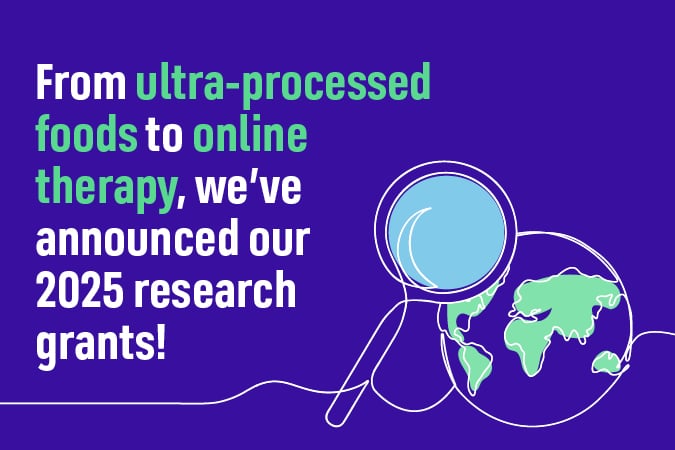Background
North-eastern Iran has long been known to have exceptionally high rates of oesophageal squamous cell carcinoma (ESCC). Epidemiological studies in the 1970s showed that cigarette smoking and alcohol were not the major risk factors.
Instead it was put forward that the very high risk of ESCC in this area was due to exposure to opium, combined with a diet very low in fruits and fresh vegetables, and also due to thermal injury from very hot tea drinking.
Further studies were initiated to test these hypotheses although they were prematurely stopped due to the Islamic revolution in 1979.
Aims and objectives
In this project we aimed to investigate the individual and combined effects of the main suspected environmental risk factors in northeast Iran. This included those found to be important in the 1970s collaborative studies (between IARC and the University of Tehran), those found to be significantly associated with ESCC in our earlier case-control studies, and those reported to be important in other parts of the world.
Methods
This population-based cohort study included 50,045 individuals, 40 to 75 years old, from urban and rural areas across Northeast Iran. Detailed data on demographics, diet, lifestyle, socioeconomic status, the temperature of drinking beverages, and different exposures were collected using validated methods, questionnaires, and physical examinations, from 2004 through 2008.
Participants were followed from the date of enrolment to the date of the first diagnosis of oesophageal cancer, date of death from other causes, or date of the last follow-up, through December 31, 2017. Proportional hazards regression models were used to estimate hazard ratios (HRs) and corresponding 95% confidence intervals (CIs) for the association between different exposures and ESCC.
Results
During an average 10 years of follow-up, 317 participants developed ESCC. Opium smoking, drinking hot tea (≥60°C), low intake of fruits and vegetables, excessive tooth loss, drinking unpiped water, and exposure to indoor air pollution were significantly associated with increased risk of ESCC, in a dose-dependent manner. Combined exposure to these risk factors was associated with a stepwise increase in the risk of developing ESCC, reaching a more than 7-fold increase in risk in the highest category. Approximately 75% of the ESCC cases in this region can be attributed to a combination of the identified exposures.
Conclusions
Analysis of data from the Golestan Cohort Study in Iran identified multiple risk factors for ESCC in this population. Our findings support the hypothesis that the high rates of ESCC are due to a combination of factors, including thermal injury (from hot tea), exposure to polycyclic aromatic hydrocarbons (from opium and indoor air pollution), and nutrient-deficient diets.
Impact
These findings have had wide reaching impacts, attracting attention from scientific communities and stakeholders surrounding these hazardous exposures. These results have been disseminated to the public through many different avenues, including local and international television interviews. The findings have also led to additional funding to investigate the effects of opioid use on mortality and developing cancers.
Grant publications
- Pourshams, Akram, et al. “Individual and Combined Effects of Environmental Risk Factors for Oesophageal Cancer Based on Results From the Golestan Cohort Study.” Gastroenterology, vol. 156, no. 7, 2019, pp. 1656-1667, pubmed.ncbi.nlm.nih.gov/30611753/.



